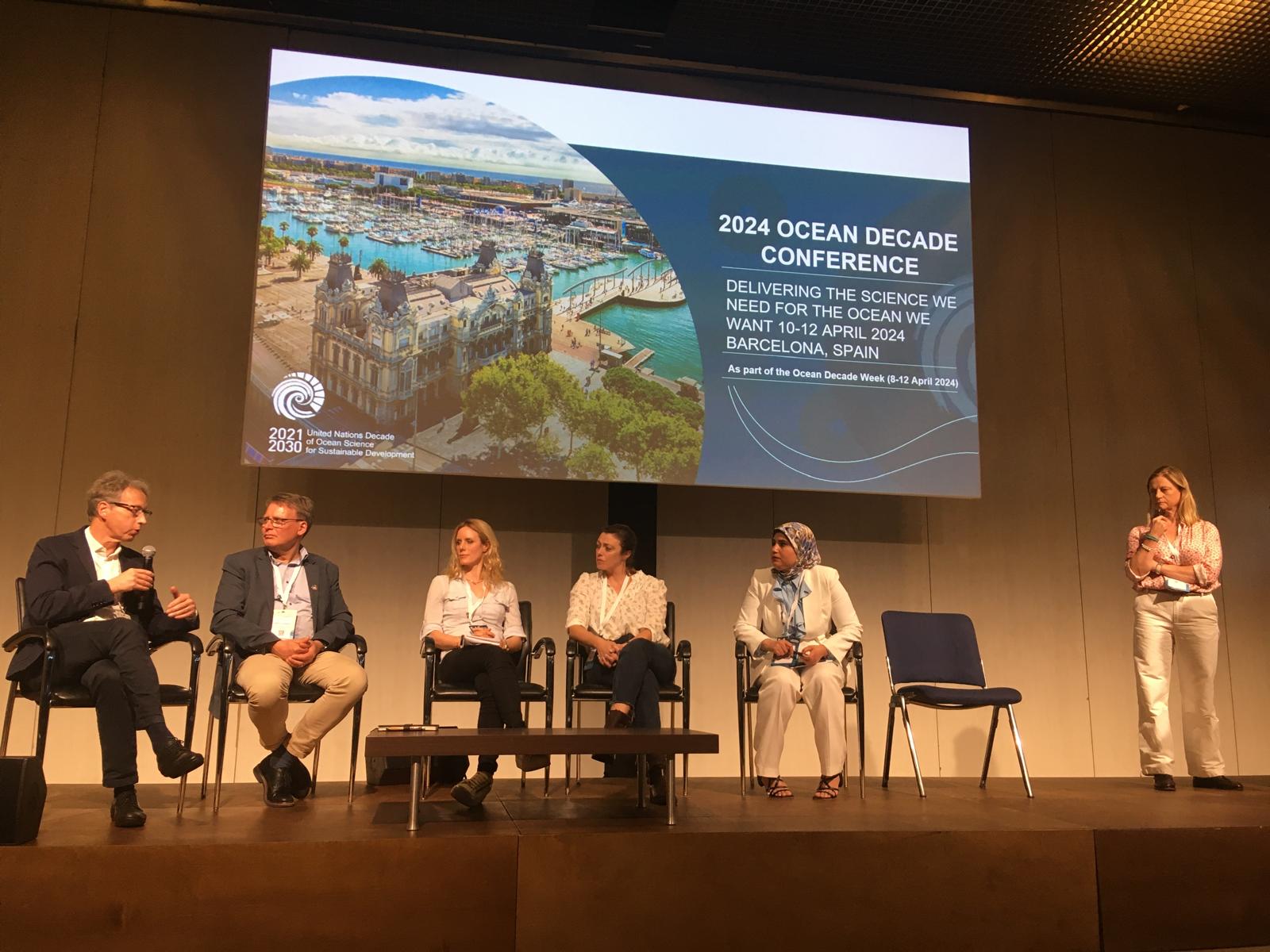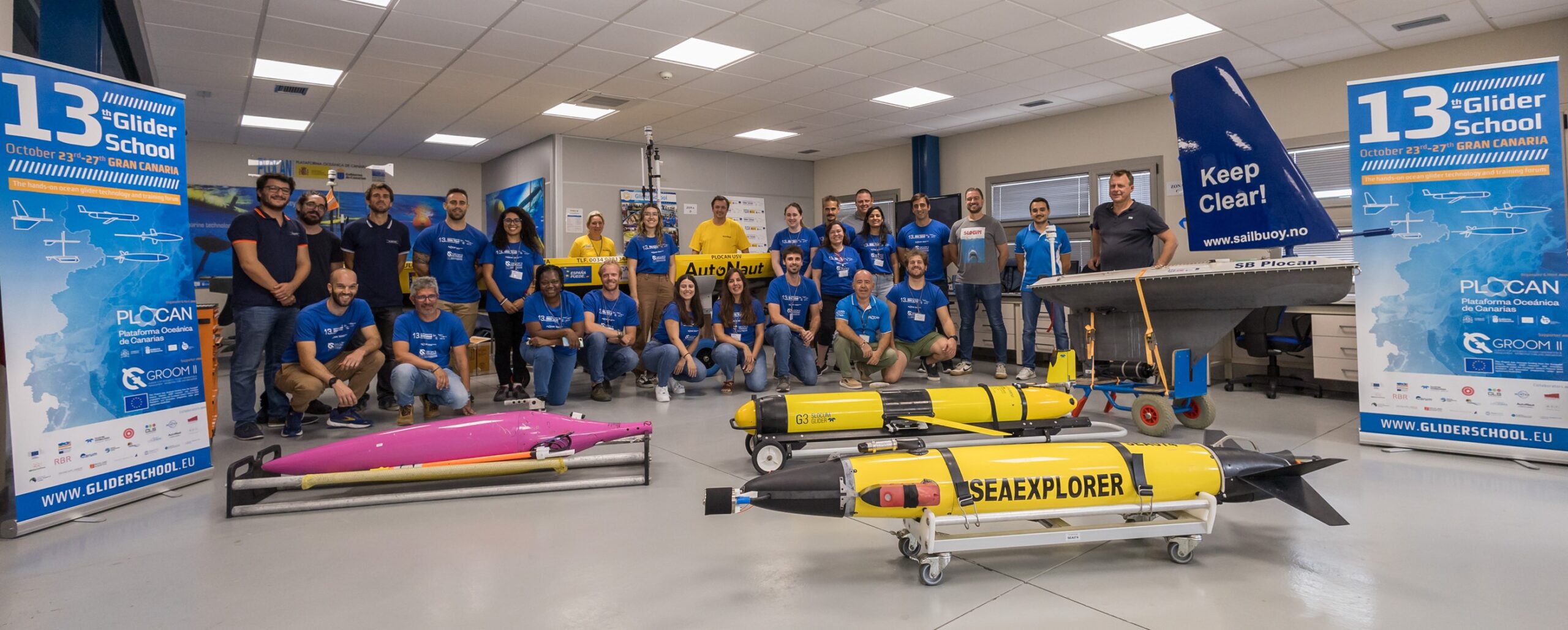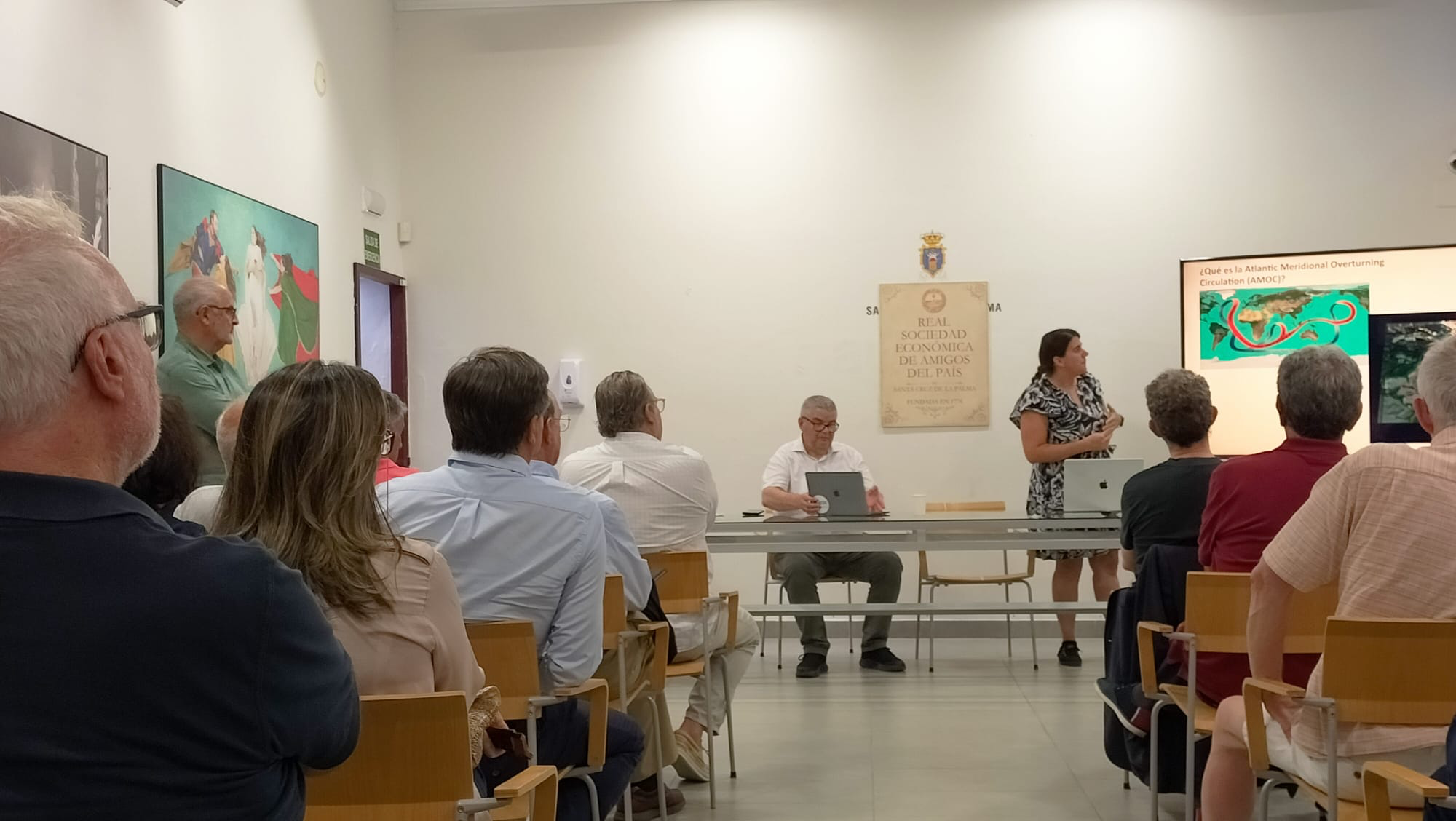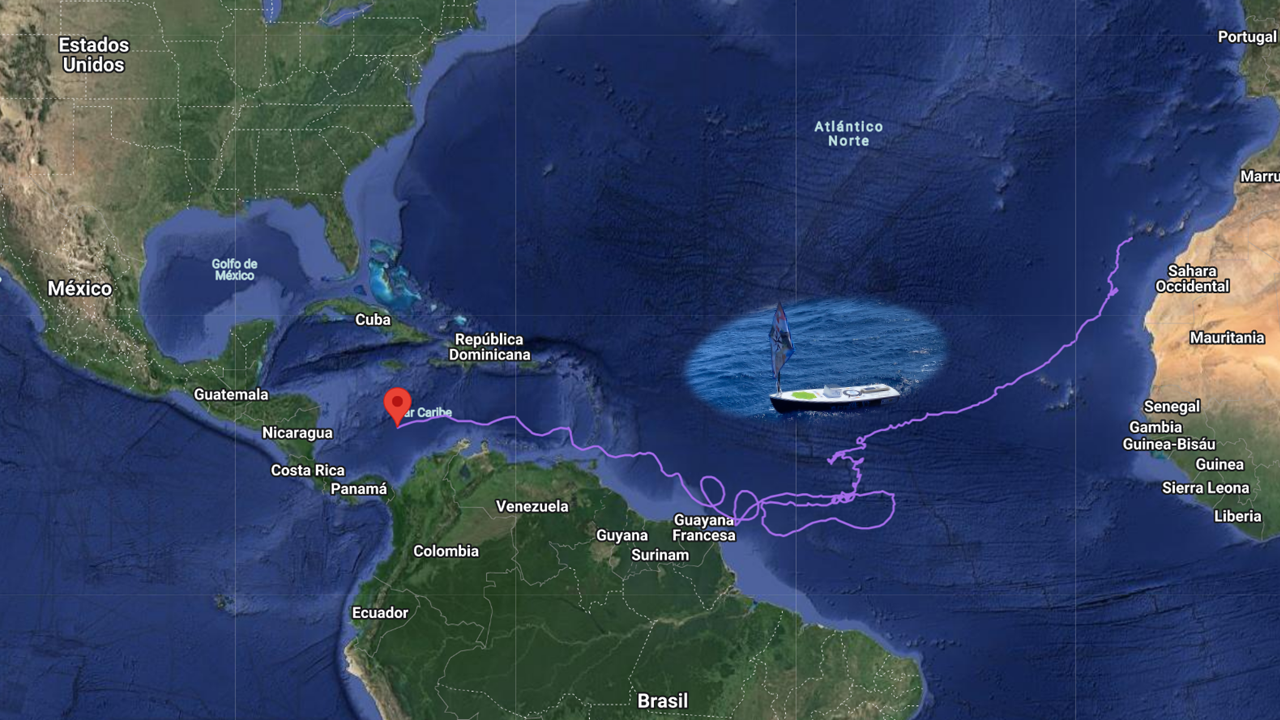The University of Bremen’s Center for Marine Environmental Sciences (MARUM) is undertaking these days at PLOCAN facilities integration and preliminary tests works in both confined and open waters operational scenarios of a novel underwater camera-system prototype on a glider from the PLOCAN fleet, within the framework of the EU-project Mission Atlantic.

MARUM’s prototype is an innovative technological development, unique in its field, consisting of a camera able of taking thirty photos per second, a laser to obtain the distance between the vehicle and the seabed (allowing better reference to the dimensions of the elements into the image), four external LED lights to improve vision field and lithium batteries to power the entire system. The integration has required adding an extra glider module, which means increasing its usual length and weight.

The prototype, in an advanced development phase, is already capable for being tested in real operational environmental conditions such as those offered by the PLOCAN test site facility. Currently the camera constantly takes photos while the vehicle is moving. Based on the promising gathered outcomes, it is planned to improve system’s capabilities with a gyroscope and an altimeter to determine when the vehicle is near the ocean floor in the most suitable position to then switch on camera and lights selectively and take images more efficiently.
Currently, the gathered photos are stored in an internal memory and downloaded when the underwater vehicle is recovered. However, future improvements already planned will make it possible to send the image frames through the vehicle’s own satellite telemetry system together with the rest of the data generated by the scientific sensors to then, using artificial intelligence (AI) tools, be able to recreate the image and thus obtain it in real time during the mission performance.
The main goal of Mission Atlantic project is to systematically develop and implement an Integrated Ecosystem Assessment (IEA) framework at regional and Atlantic basin scales, as an intersectoral research platform between science, policy makers and industry. To this end, existing and new tools and technology are expected to be developed and applied from a multi-domain perspective, including statistical methods, simulation models, machine learning algorithms and ocean observing technology platforms.
The IEA framework will use both historical data and data from new campaigns, aimed at assessing the dynamics of Atlantic marine ecosystem indicators (from nutrient cycles to the distribution of large migratory species throughout the water column, including benthic communities).



